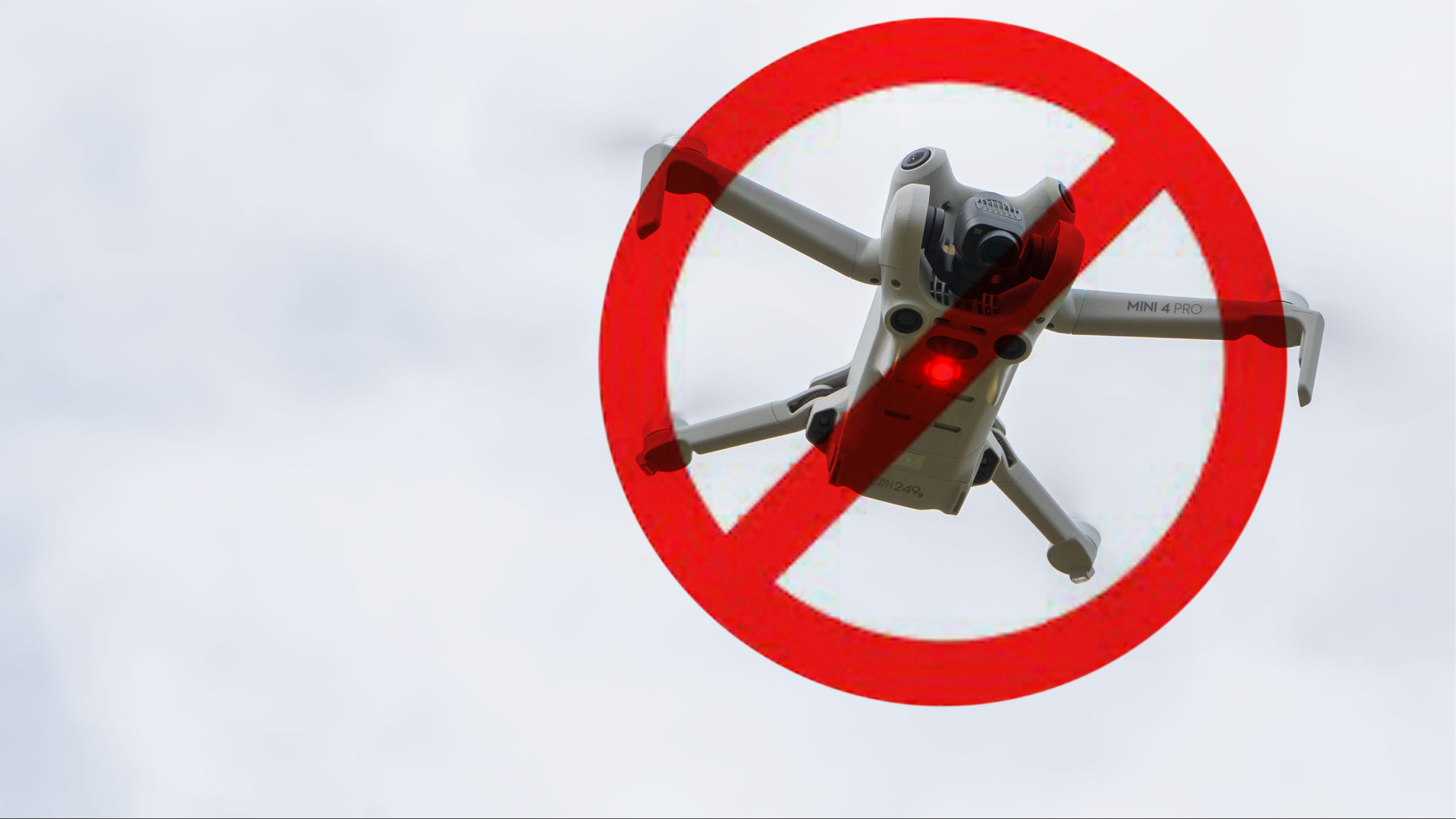
US-based drone manufacturer Skydio, which last year narrowed its customer base to strictly enterprise & commercial, is the only drone manufacturer which is fully ready for the enforcement of the FAA Remote ID regs on drones in the US, according to a new study by SkySafe.
Next closest, is the world's most popular drone brand DJI which, of course, has rather more products to contend with when it comes to its catalog. Despite the uphill task, Skysafe gave DJI 3 stars out of 4, 'Minor Issues' on March 13th.
In general, DJI has moved to support Remote-ID, installing Wi-Fi beacon-based Remote-ID, but some need firmware updates because of an inconsistency in the altitude reporting, which is sometimes reported as the distance above HAE (Height Above Ellipsoid) and other times MSL (the height above Mean Sea Level).
The other quirk in DJI's range is that the DJI Mini 3 and DJI Mini 4 Pro – both under 250g – have stopped transmitting Remote ID entirely by default; that's fine for recreational use but actually means Part 107 pilots are non-compliant (though upgrading to DJI's heavier batteries pushes the weight over the threshold and triggers the remote ID module).

Parrot, on the other hand, gained only 2 of 4 stars with a stern 'needs improvement' – many of the remote ID systems fitter were based on a legacy French standard and 43% of the drones in use had non-compliant Remote ID identifiers. The system can also be simply disabled in the app.
Autel drones, however, have an even worse implementation which SkySafe's report handed only one star to, noting that the Remote ID fitted to Autel drones had a fixed address across all devices, and the beacons indicated an SSID of "default-ssid." Amongst other faulty data they transmit, some also indicate their altitude in the negative, implying they're flying beneath the surface of the planet!
Other brands which haven't apparently met the FAA's deadline at all are SwellPro, EXO (a common re-branding of Hubsan drones in the USA), and Yuneec.
It's worth pointing out that Remote ID is a broadcasting system; the drones are essentially telling other aircraft nearby what they are (including the serial number), and where they are (including GPS data), and who is flying them (the pilot's ID). Because it's one-way, it can't really be secured and verified. As the report notes, there is also a risk to pilots – some might maliciously spoof the pilot's ID.
Those, however, are issues for another day. For now, flying in the US requires compliance with these regulations and they are now, as of the 16th March 2024, being enforced, following an extension from September 2023. The FAA have been clear that there won't be another extension.

If you're flying in the UK, Remote ID support is also required in new drones, and the CAA is following a similar approach to implementation.
See our guides to the best camera drones and the best beginners drones.







